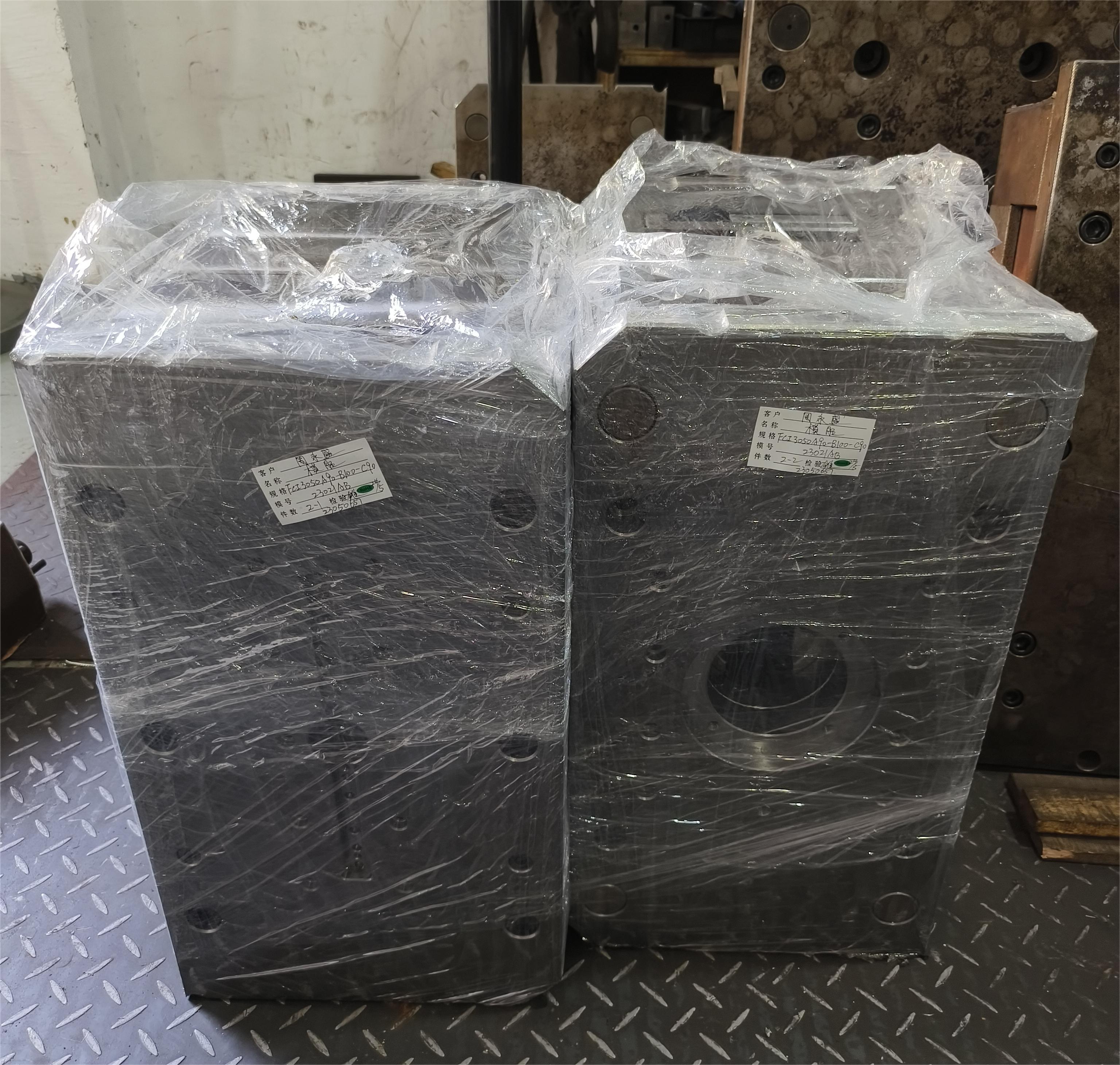In the realm of modern manufacturing, precision is not just a requirement but a necessity. As South Korea continues to solidify its reputation as a global manufacturing hub, the importance of utilizing the right materials cannot be overstated. One such material that stands out is tool steel, particularly in plate form. This article dives deep into the myriad benefits that tool steel plates offer for precision manufacturing, providing insights that can help manufacturers in South Korea elevate their production quality.
Understanding Tool Steel Plates
Tool steel plates are specialized steels designed for manufacturing tools and dies. Their unique properties, forged through specific alloying elements and heat treatments, allow them to maintain hardness and edge retention even under extreme conditions. This adaptability makes tool steel plates an essential asset in various manufacturing processes, such as:
- Cutting tools
- Stamping dies
- Molds for plastic and metal forming
- Saw blades
- Lasting industrial applications
Key Benefits of Tool Steel Plates
The decision to utilize tool steel plates in precision manufacturing comes with a range of tangible benefits. Here are some key advantages:
| Benefit | Description |
|---|---|
| High Hardness | Tool steel plates exhibit superior hardness levels which result in better wear resistance. |
| Dimensional Stability | The stable structure of tool steel plates minimizes warping during heat treatment, ensuring precision in manufacturing. |
| Versatility | Available in various grades, tool steel plates can be tailored for specific applications, enhancing efficiency. |
| Enhanced Productivity | By using tool steel plates, manufacturers can improve production times due to the materials' cutting edge performance. |
| Cost-effectiveness | Long-lasting durability reduces the need for frequent replacements, translating to lower long-term costs. |
Tool Steel Types and Their Applications
Tool steel comes in various grades, each suited for different manufacturing processes. Below, we summarize some common types of tool steel plates and their applications:
- High-Speed Steel (HSS): Ideal for cutting tools that require extreme hardness and resistance to heat. Commonly used in drill bits and milling cutters.
- Cold Work Steel: Best for applications needing high toughness and abrasion resistance. Used in stamping dies and blanking tools.
- Hot Work Steel: Designed for high-heat applications and capable of holding shape under temperature, often used in forging tools.
- Tool Steel for Plastic Molds: Made for shaping plastics, providing the necessary surface finish and durability.
Manufacturing Precision with Tool Steel Plates
When integrating tool steel plates into manufacturing, it is crucial to consider specific aspects that ensure maximum utility. These include:
- Choosing the Right Grade: Select a tool steel plate that aligns with your manufacturing needs—without the right match, you risk compromised performance.
- Investing in Quality: Not all tool steel plates are created equal. Sourcing from reputable suppliers ensures superior hardness and durability.
- Regular Maintenance: Implement a maintenance schedule to keep tools and plates in optimal condition, enhancing longevity.
- Training for Workers: Equip your team with the knowledge to handle and work with tool steel effectively, maximizing efficiency.
Tool Steel Plates vs. Other Materials
While tool steel plates are an excellent choice for precision manufacturing, it’s beneficial to compare them with other materials typically used in the industry.
| Material | Advantages | Disadvantages |
|---|---|---|
| Tool Steel Plates | High hardness, excellent wear resistance | Higher upfront costs |
| Stainless Steel | Corrosion-resistant, good strength | Lower hardness compared to tool steel |
| Aluminum | Lightweight, excellent machinability | Low strength and wear resistance |
Case Studies: Tool Steel Plates in Action
To better illustrate the advantages of tool steel plates, let's explore a few case studies from South Korean manufacturers:
- Automotive Supplier: A leading automotive parts manufacturer integrated tool steel plates for their stamping tools, resulting in a 30% increase in tool lifespan and a significant reduction in production downtime.
- Consumer Electronics: An electronics company utilized tool steel plates in their mold designs, achieving a smoother finish on products while also speeding up the production cycle by 20%.
- Aerospace Component Manufacturer: By switching to high-speed steel plates, an aerospace manufacturer enhanced their cutting tool's precision and reduced operational costs in the long run.
Conclusion
In an era where precision manufacturing is vital for competitive advantage, the advantages of tool steel plates cannot be overlooked. They offer high hardness, dimensional stability, versatility, enhanced productivity, and cost-effectiveness. By carefully selecting the right grade, investing in quality materials, and ensuring proper maintenance, South Korean manufacturers can leverage tool steel plates for superior performance in their production processes.
As the Korean manufacturing landscape continues to evolve, the adoption of advanced materials like tool steel plates is crucial. Embracing these innovations will not only improve product quality but also position manufacturers favorably in the global market. Manufacturers looking to invest in their future should consider the comprehensive benefits that tool steel plates provide in precision manufacturing.

